
Writer: Khaliq Ebrahimi
Translator: M-Rezaie
Introduction
Hazaras of Afghanistan were engaged with democratization during the last 20 years, and the extremist groups were not sitting idle in the country as well. They had identified one of their target groups and it was Hazaras and Shiites minority group of Afghanistan. The Extremist had found reasons beyond ethnic and religious reasons to attack Hazara and Shiitgirles of Afghanistan. Reasons such as deep interest of Hazaras and Shiites for education, living in urban areas and internalizing democratic values. Social status of Hazara and Shiites as the agents of democracy further added to the enmity of extremist groups with them. I pointed out to this issue for that reason if someone looks at the list of terrorist attacks, level and number of the attacks on Hazara and Shiite group and the number of the victims in Afghanistan, will find a very long list. In some cases, the personal specifications of the victims are not available. In such cases we only can mention the victims of the terrorist attacks; the victims that on their tombstone is written: “People with no Heirs!”
The First Terrorist Attack at Abulfazl Shrine in Kabul
It was December 6, the day when Muslims commemorate Ashura, an annual holy day throughout the Muslim world particularly by the Shi’a Muslims. Kabul citizens who mourned during Muharram month had come to Abulfazl Shrine in groups for mourning on this day.
Abulfazl Shrine is located near the Presidential Palace and Ministry of Defense in Kabul. Abulfazl Shrine is one of the holy religious sites for Afghanistan Hazara Shiites. It is as sacred as Sakhi Shrine in Kabul and Mazar e Sharif.
According to BBC when the groups of mourning people gathered in Abulfazl Shrine the suicide bomber exploded himself among the people, killing 45 and injuring 146 people.
Mahmoud Khan, the care taker of the shrine has said, “the explosion occurred outside the shrine, where lines of people either entered or went out of the shrine. The suicide bomber exploded himself among the people who had come to the shrine.”
Eye witnesses said, “there were women and children among the victims.” Masoud Hossaini an Afghan photo journalist who had taken a picture from the scene has captured some women and children among the people. His photo won Pulitzer Award later. The photo shows a 12 year mourning girl Amid the chaos straight after the blast, dressed in a green shalwar kameez (traditional dress) smeared in blood, stood shrieking, surrounded by the crumpled, piled-up bodies of children.
What Actions did take the Afghan government?
Hamid Karzai the Afghan president was in Berlin of Germany on 15 Qaws. He termed the terrorist attack as a mass killing and barbaric act. He said it was the act of the terrorists. According to Deutsche Welle Hamid Karzai after the terrorist attack participated in a press conference, saying it was “the first time that, on such an important religious day in Afghanistan, terrorism of that horrible nature is taking place”. “We pray for those who have been injured to recover very soon.” The president said.
Moments after the attack Afghan Interior Minister Bismillah Khan Mohammadi participated in a press conference. According to BBC, Mohammdi had accused the Taliban of organising the suicide attack inside a shrine in Kabul saying, “ As our people knew the crimes, cruelty and unforgiveable acts of Taliban, they once more showed how they were cruel and murdered our people, and they even killed them on a religious day, the day when the nephew of Mohammad (PBUH) was martyred and people were commemorating it in a mosque; they even carried a suicide attack on such a day.”
Fifty-four people were killed in the blast, said health ministry spokesman Norughli Kargar, while 150 were injured. Following it, the Ministry of Interior said, the police were investigating the incident. However, the investigation was never completed and the perpetrators were never announced. Hamid Karzai and Bismillah Bismillah Khan Mohammadi had accused the Taliban of organising the suicide attack inside a shrine in Kabul[9][23] but Taliban spokesman Zabiullah Mujahid denied involvement and condemned it.
Taking Concrete Actions
According to BBC among the national and international reactions to this terrorist attack, UNAMA strongly condemned the incident, saying “attacking the civilians on Ashura Day had no logics.” At the same time, the UN representative in Kabul, Afghanistan, had urged the Afghan government to “take serious steps in order to bring the perpetrators of such bloody attack to justice.”
General John Allen and Chief Commander of ISAF and Simon Gus the civilian representative of NATO had also strongly condemned the terrorist attack. According to BBC they had stated in their joint statement that, “Ashura was a day for mourning. Thus, killing the children, women and men on such a day shall be condemned.”
Which Group Accepted the Responsibility?
A hardline and newly organized fraction of Lashkar-e-Jhangvi in Pakistan had accepted the responsibility. Ali Sher-e-Khuda, a man claiming to belong to Lashkar-e-Jhangvi, had told BBC News that his group was behind the attacks. Lashkar-e-Jhangvi was formed in 1996 in Pakistan which is famous for enmity with Shiite Msulims and has carried several terrorist attacks on Pakistan Shiites having many victims.
However, reporters said Jhangvi Alalami was a newly established branch of Lashkar-e-Jhangvi which was very extremist and was mainly active in Pakistan tribal areas and had strong bods with Afghan Taliban and Al-Qaeda Network.
This terrorist attack was the beginning of a series of terrorist attacks, claiming many casualties. Considering President Karzai and Afghan security officials on investigating the incident and also the emphasis of international forces in Afghanistan urging the Afghan government to investigate and announce the results to the public, Afghan citizens and the victims of this terrorist attack never saw the perpetrators this terrorist attack and other attacks to be brought to justice.
Note: Photo by Msoud Hossaini


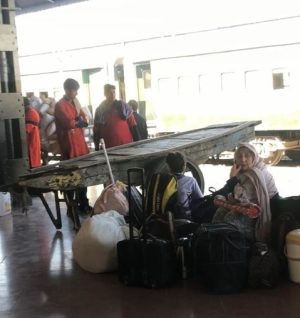
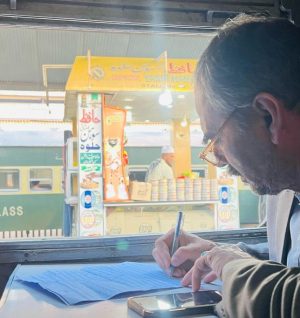
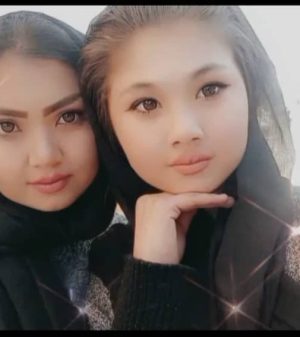
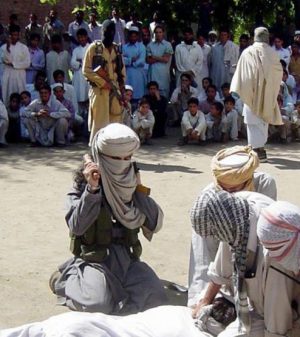
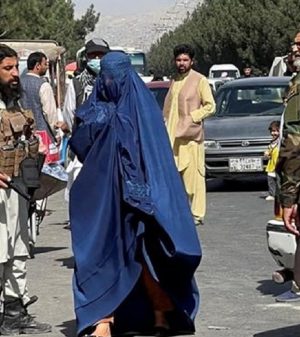
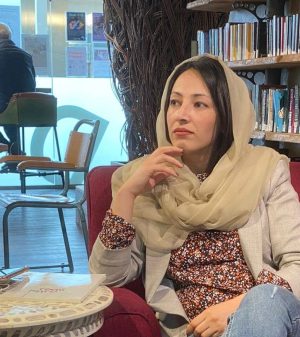
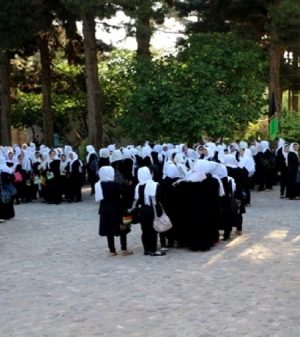
Add Comment